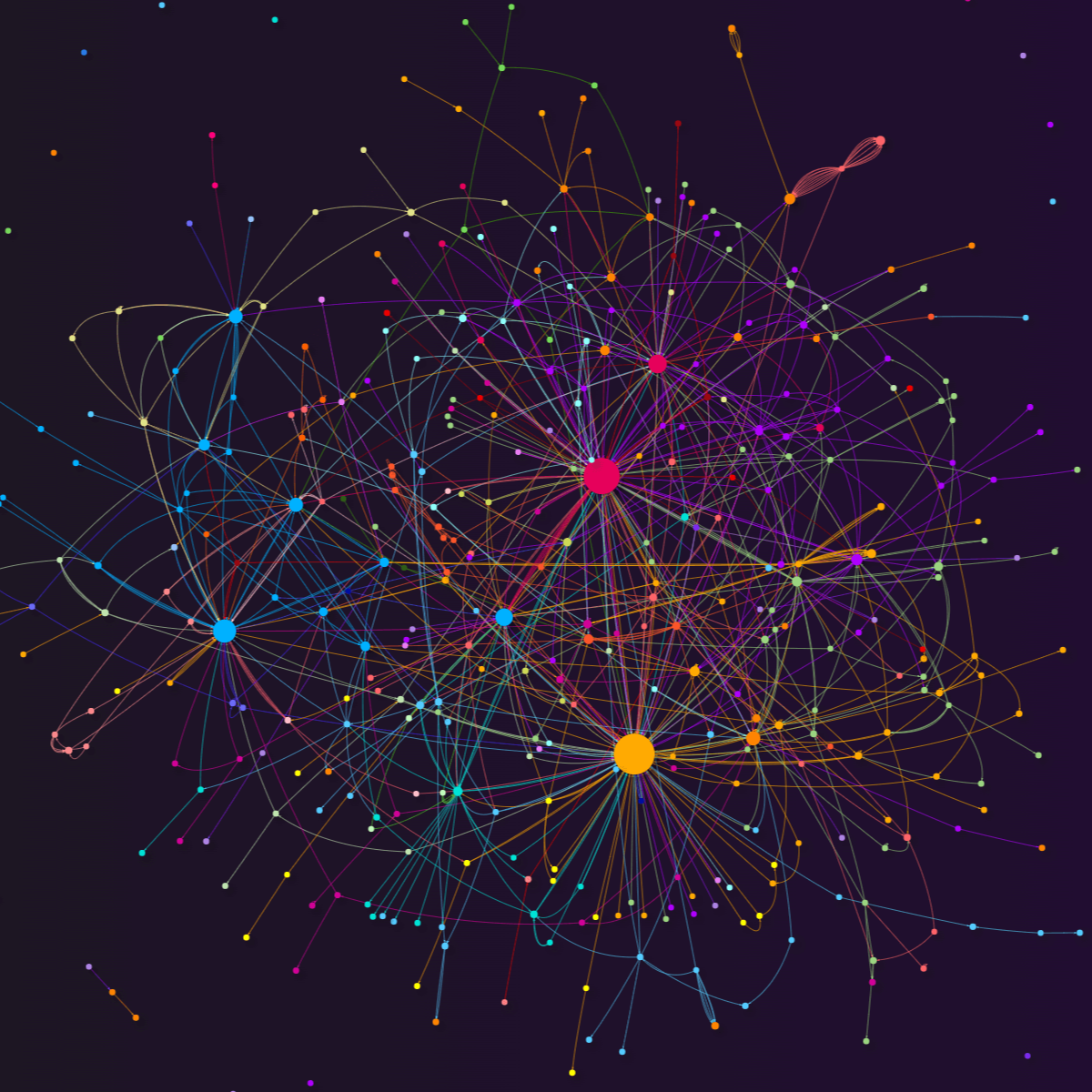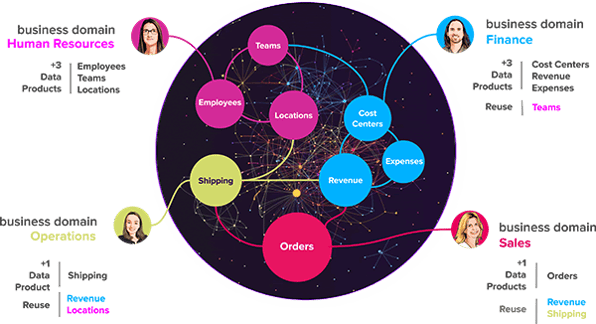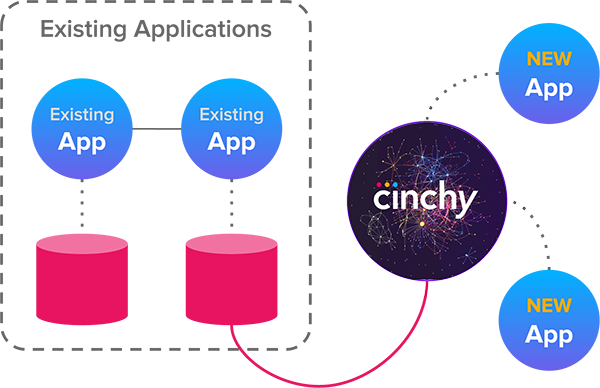Data Collaboration
Empower Your Enterprise With Unified Data
Data Collaboration breaks down silos and enables seamless interaction with data across your enterprise. Data Collaboration is a transformative approach that enables enterprises to co-produce on data by leveraging data products to access, modify, and exchange data without relying on individual applications or teams.
Streamlined Collaboration
Break down silos, fostering an environment of co-production where teams can work together efficiently.
Real-Time Data Access
Discover, access, modify, and add data in real-time, empowering your teams, applications, and AI to make decisions with the latest information.
Code-Resilient Data
As data models evolve they are protected from code breakage and adapt to changing requirements without extensive IT intervention.

Witness the Power of True Data Collaboration
Experience a new level of data accessibility, security, and collaboration across your organization.
Data Products for Access and Change
Data products act as the bridge between teams and data, enabling secure access and changes without the need for complicated, point-to-point integrations. This seamless process fosters agile collaboration.
Data Browser
The data browser offers an intuitive interface to explore and interact with data products. Its user-friendly design makes it easy for non-technical users to access and contribute to data.
Data Collaboration API
The API takes data collaboration a step further, providing the ability to integrate data products directly into applications. It allows for a deeper level of data interaction, opening up new possibilities for data utilization.
Data Plasticity
Data models can evolve over time without negatively impacting applications. Data collaboration ensures that your data remains consistent and accessible, even as changes occur.
Seamless Data Governance
Data collaboration brings all data governance activities into one platform, simplifying data policies, access control, and auditing.
AI Operationalization
Incorporate AI into your data products to empower your enterprise with advanced insights and predictive analytics, unlocking new possibilities for data-driven decision-making and automation.
Data Co-Production
Data collaboration replaces data integration when data co-production is required
The Value of Data Collaboration
Data Collaboration empowers enterprises to fully leverage their data assets, drive innovation, and make informed decisions for a more competitive and data-driven future.
Eliminate data fragmentation
Unify fragmented data scattered across various applications and systems into a cohesive and accessible structure, eliminating silos and enabling organizations to harness the full potential of their data assets.
Balance data acces and control
Strike a balance between granting data access to users and maintaining control over sensitive information with fine-grained access controls, ensuring that the right individuals have access to the right data at the right time.
Adapt to evolving data models
Safeguard data products against code breakage during updates and changes, providing the agility needed to keep data structures in sync with evolving business needs.
Cross-domain data collaboration
Break down silos for seamless data co-production
Enable different teams, departments, or organizations to co-produce and share data seamlessly across various domains or areas of expertise. Data Collaboration ensures that data can be accessed, modified, and utilized by multiple parties, breaking down silos and fostering cooperation to drive informed decision-making and innovation.


Don't 'rip-and-replace'
Get started with your next integration project
This is not a rip-and-replace solution. You do not need to rebuild every integration to benefit from data collaboration.
By starting from your next project, you are simplifying work you already doing, and setting yourself up for success for each new future project.
Dig deeper into data collaboration

Applications, Silos and Complexity, Oh My!
.png?width=960&height=540&name=analyst%20report%20-%20Moving%20Beyond%20Data%20Integration%20with%20Data%20Collaboration%20(4).png)
Moving Beyond Data Integration with Data Collaboration
See data collaboration in action!
Connected data without the effort, time, and cost of traditional data integration.
